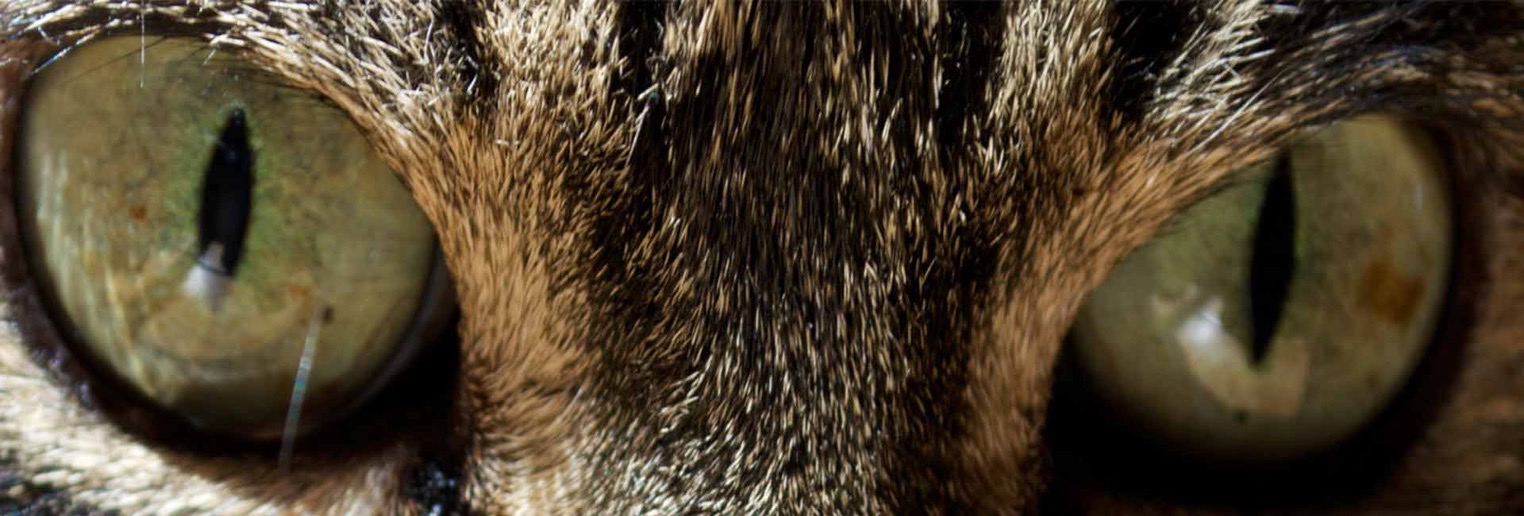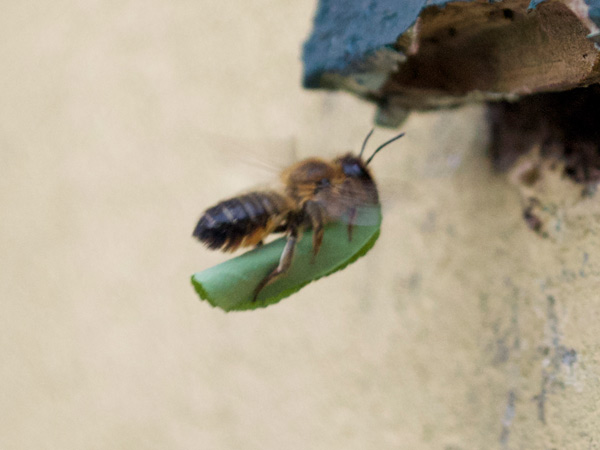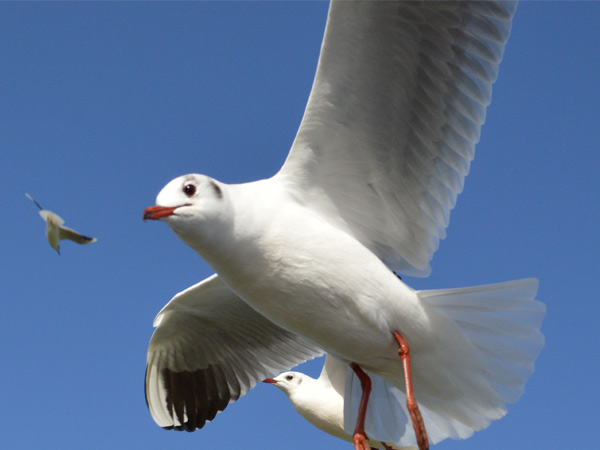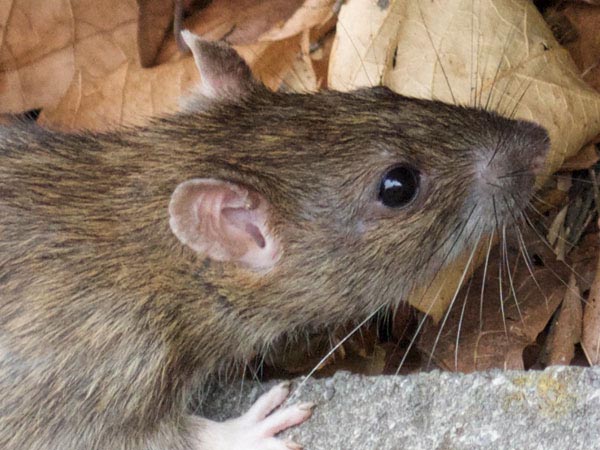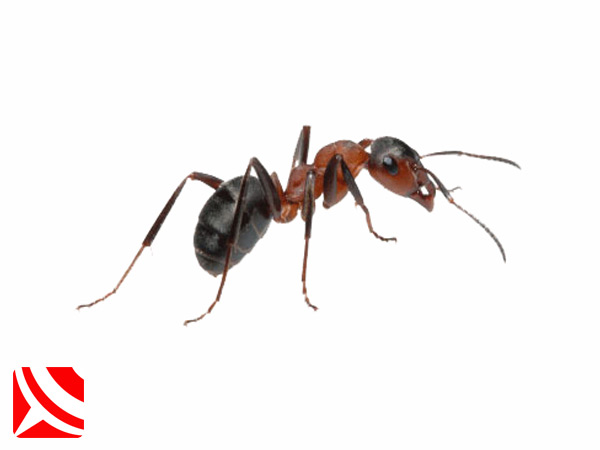Solve Bird Problems Today : 0117 303 5181
Bird Proofing - The Facts:
What Is Bird Proofing?
Starlings are a small and familiar garden bird found in our cities, rural and coastal areas throughout the year.
Starlings are slightly smaller, yet not dissimilar in size to that of our common black bird and from a distance can be easily misidentified
During the winter months the starling population in Bristol and the UK swells with starlings roosting and swarming in their tens of thousands, forming clouds or "murmurations" of starlings that on the nearby Somerset levels can contain over a million birds!
Starlings will usually roost in large numbers in trees, buildings or under bridges where their large numbers give them a level of protection from preditors.
Nesting is normally undertaken in isolated pairs and these nests can become problematic due to their locations. Blocked gutters and well coated cars are two common examples.
These are the starlings key facts:
> Colour - Black, speckled breast with distinctive green and purple sheen.
> Wingspan - 30 - 40cm.
> Flight Speed - upto 50mph!.
> Shape - Short tail, pointed head and triangular wings.
> Size - Around 20cm (8 inches).
> Legs - Pink.
> Beak - Dark in the winter and yellow in the summer.
> Flight - Fast, direct and very agile.
> Sound - Noisy and Gregarious.
> Nesting - Untidy nests in gutters, roofs, shrubs and trees etc.
> Eggs - Glossy, light blue and four to six in a nest.
> Chicks - Chicks hatch within 14 days and leave the nest within three weeks.
> Population Status - Designated a RSPB Red Status species.
> Diet - Insects and Fruit.
Juvinile birds are often identified by their brown appearance. As they mature they darken.
What Problems Can starlings Cause?
Starlings can cause a variety of problems, especially when they are present in very large numbers. For this reason we do sometimes need to take measures to reduce their ability to access the sensitive areas of properties in such a way that they are managed humanely and without harm.
What Structural Damage Can Starlings Cause?
In most cases starlings will not cause structural damage themselves. However the waste from these birds "IS" a problem. The starlings droppings can become a tremendous nuisance and cause significant economic damage requiring intensive remediation to remove and decontaminate the worst affected structures and spaces.
The other problem starlings often cause is blocked gutters and raining maggots! Yep, you read that correctly.
Starlings that nest in gutters are prone to sudden downpours of rain that can drown chicks when the nests block gutters. The dead starlings then become infested with fly larvae and during the next bout of heavy rain the gutters overflow and down come the maggots. Gross but more common than you might think!
Are Starlings Noisy?
Yes! Starlings do make plenty of noise and when that is amplified in a group containing thousands of birds, the sound can be very disruptive.
Do Starlings Spread Disease?
Yes! Starlings are effective avian vectors of diseases and have been implicated in the spread of disease between poultry houses etc.
What Are The Best Methods of Controlling Starlings?
In recent years technology has been developed to provide some very unique and effective methods of control that we are helping pioneer in the British Pest Control industry
The most common control methods include:
> Netting - Discreetly prevents birds accessing sensitive areas.
> Spikes - These prevent birds from landing safely.
> Lasers - Visible light scares birds away.
> Shock Strip - Prevents birds from resting on sensitive structures.
> Bird Proofing - Designing out bird resting points and roosts.
> Bird Scarers - Audible devices and materials to unsettle and scare birds.

